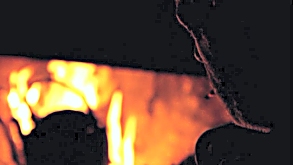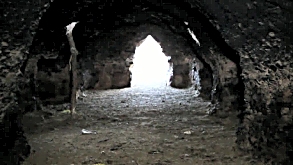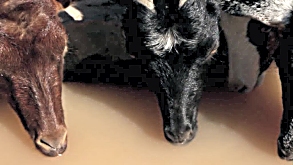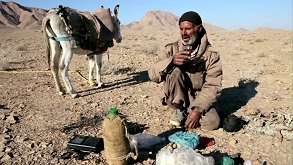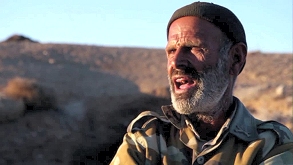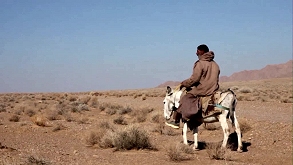
|
The world of non-commercial film and A-V |
Events Diary | Search | ||
| The Film and Video Institute | | ||||
The making of Arefi der Hirte (Arefi the Shepherd) |
|||||||
|
with Arefi der Hirte (Arefi the Shepherd) 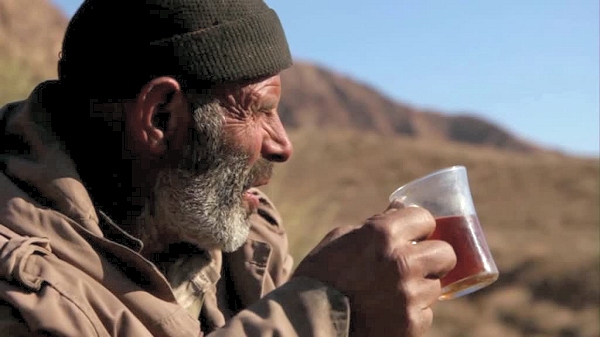
|
|||||||
|
My dadīs family were originally from the north of Iran but he came to Germany for university at the age of 19. He didnīt speak any Farsi with me and totally kept me away from anything related to Iran. I went through the regular German education and did my A-levels when I was 18. After that I spent a year in India, doing voluntary service. During that time I learned Hindi and got more interested in my Persian background. So after being back in Germany for a month, I decided to go to Teheran. I lived in Teheran for 5 weeks, while I did the Farsi language class. My visa was running out and I still had 14 days left. I really wanted to do a movie and I also needed some material for my application to film school, which has been my dream since I was 15 years old. So I travelled to the desert and shot. You could say the film was just a "by-product" of my stay in Iran, which I made to learn Farsi.
I started the film with the quote for many reasons. I love Rumi and also the Sufi culture, I am aware of the theme of shepherds in literature/culture, etc. and I think it fits perfect with the character of Arefi, who is one of the people who are not at all influenced by prejudices, I think. When I first met Arefi, during a stay in the desert, I immediately decided that I would come back to shoot a movie about him. The shoot took 5 days. During that time I was living together with the shepherd. I went with him to the mountains, took care of the sheep and slept in his cave as well. The nearest town was around 40km away from his cave. We travelled a lot each day. It is more up and down than walking on a flat surface, but he leaves his cave around 6 and comes back at 5, so we probably did about 20km a day.
I like the rhythm of the beginning as it is close to the feeling or the harmony I experienced in the mornings with Arefi. He has got a strict routine he follows every morning so thatīs why I wanted to keep the rhythm like that. I think generally speaking, thatīs a big advantage of the documentary film (in comparison to fiction film). You are very free in how you edit. The movie can change to the total opposite just by editing it differently. For me editing in documentary film comes close to the process of writing a script. I didnīt plan much at all. I was just walking around with him. I loved his face ... and there was this huge landscape. This face in relation to the landscape meant everything to me. Nature shaped the face of Arefi, thatīs what I wanted to show. The bracketing of the movie by starting and ending with his
fire and kettle was also something I just saw while being
together with him. I think he was just happy that there was someone around during the time of the shoot. Normally he is pretty lonely, so he was quite amused about that a young German guy was more interested in his job than his own sons. The whole movie was just shot on a Canon DSLR with a single lens and a shotgun on-top-mic. The batteries we charged by the help of a friend who plugged his car battery to the camera. I didnīt shoot that much as I was so naive and only took 2 SD-cards each with 8gb. Maybe 4 hours material. It took me 2 weeks to edit it.
Right now I am studying at Munich film school in the class of "Documentary Directing" so my plan is definitely to make my career with documentaries afterwards. I have already done some more projects since Arefi. That was shot in 2013. At filmschool I did a B/W film shot on 16mm. Just one week ago I returned from Iran again, where I shot a documentary on the young skateboarders in Teheran. In June I will direct a documentary on rooster fights in the German underground. I am pretty busy! So far, I donīt know how to make films! I think I will never learn it. I see it more as a process of learning. Even now I am at film school in Munich and I think I will never make the perfect film. Thatīs not my aim anyway. I think once you achieve it, film making gets boring. But up to Arefi I was total autodidact, just fooling around with my DSLR and the editing software waiting for a proper result.
- Daniel Asadi Faezi 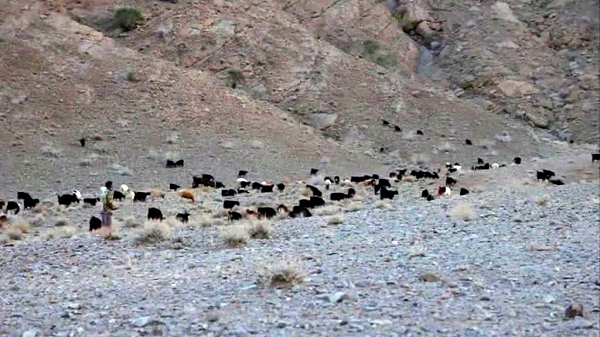 |
Share your passions.

Share your stories.
